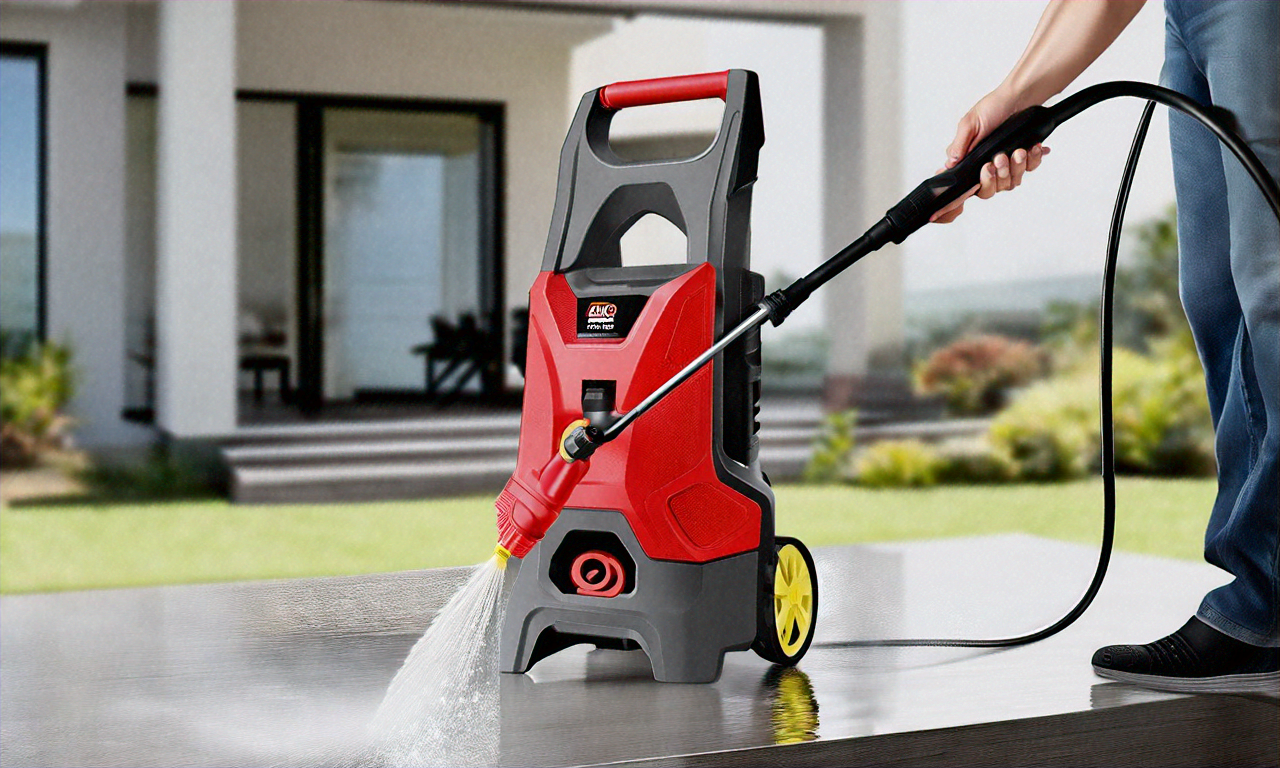Power Washer Guide: Uses for Home and Property Maintenance
A power washer is a tool that uses high-pressure water to remove dirt, mold, loose paint, and other surface contaminants from exterior surfaces. Used correctly, it can speed up cleaning tasks and restore the appearance of siding, decks, and hard surfaces. This guide explains how pressure washing and power washing differ, safe practices for house cleaning, how pressure cleaning fits into property maintenance, and tips for cleaning a driveway effectively.

What is pressure washing and how is it different?
Pressure washing refers to using a machine that forces water through a nozzle at high pressure to clean surfaces. Some devices also add heat or detergents to improve results; when they do, the term power washing is often used interchangeably, though power washing sometimes implies heated water. Both methods rely on pressure, nozzle selection, and distance to the surface to avoid damage. Understanding PSI (pounds per square inch) and GPM (gallons per minute) helps match the machine to the job safely and efficiently.
The choice between DIY rental equipment and a professional unit matters. Lower-pressure machines are appropriate for delicate surfaces like painted wood or vinyl siding, while higher-pressure systems suit masonry or concrete. Nozzle angle affects cleaning intensity—wider angles reduce risk of etching or gouging. Always test a small inconspicuous area before full cleaning and follow manufacturer guidance for both the equipment and the surface being cleaned.
How to use a power washing unit for house cleaning
Power washing a house can remove siding grime, mildew, and accumulated pollen that regular washing won’t shift. Start by inspecting the exterior for loose paint, cracked mortar, or damaged trim; these need repair before pressure cleaning. Use a moderate pressure setting, and maintain a steady, sweeping motion to avoid concentrated blasting in one spot. When washing around windows and doors, keep the wand at a safe angle to prevent water intrusion.
For siding materials like vinyl, wood, or fiber cement, select a nozzle and distance that achieve visible cleaning without stripping paint or forcing water behind cladding. Consider applying a mild detergent formulated for exterior cleaning to tackle organic growth, rinsing thoroughly afterward. Protect plants and outdoor electrical fixtures by covering or rinsing them with low-pressure water before and after detergent use.
How does power washing support property maintenance?
Regular power washing is part of broader property maintenance because it preserves surfaces and helps prevent longer-term damage. Removing algae, mold, and dirt from gutters, roofs, and siding reduces moisture retention that can degrade materials. Cleaning decks and fences prevents rot and extends the life of finishes. On commercial properties, routine exterior cleaning also helps maintain curb appeal and can reveal small maintenance issues early.
Integrate pressure cleaning into a maintenance schedule—typically once a year for many homes, more frequently in damp or shaded climates. Keep records of pressure settings, detergents used, and the date of cleaning to track results over time. Combine pressure washing with other maintenance tasks such as gutter clearing, sealing of wood decks, and inspection of caulking and weatherstripping for a comprehensive approach.
What to consider when cleaning a driveway with pressure washing
Driveways collect oil, tire marks, moss, and dirt that respond well to pressure washing. Concrete and paver surfaces often require higher pressure and sometimes detergents or degreasers for oil stains. Pre-treat stubborn oil spots with a suitable cleaner and allow dwell time before power washing. Work from the highest point down to encourage runoff and avoid re-depositing dirt on already cleaned areas.
When using high pressure on concrete, maintain a proper distance and use a fan or rotary nozzle to improve efficiency while limiting surface etching. For pavers, test a small area first; very high pressure can dislodge joint sand. After cleaning, consider replacing joint sand in paver driveways or sealing concrete to protect against rapid re-soiling and to preserve the cleaned appearance.
Safety and environmental considerations for power washing
Safety is essential with pressure washing because high-pressure water can cause injuries and damage surfaces. Wear eye protection, gloves, and sturdy footwear. Never point a wand at people, pets, or delicate features. Use appropriate nozzles and maintain a safe distance from the surface being cleaned. Avoid using ladders when pressure washing high areas; the reaction force from the wand can cause instability.
Environmental concerns include runoff of detergents and contaminants into storm drains or landscaping. Choose biodegradable cleaners when possible and capture or redirect rinse water away from sensitive areas. For oil and chemical stains, use capture methods or consult local regulations about wastewater disposal. Follow local guidelines for cleaning agents and runoff management to reduce environmental impact.
Conclusion
A power washer is a versatile tool for restoring and maintaining exterior surfaces when used with care and appropriate technique. Understanding the difference between pressure washing and power washing, selecting proper nozzles and pressure levels, and following safety and environmental best practices will improve results and reduce risk of damage. Regular incorporation of pressure cleaning into a property maintenance routine helps preserve materials and surface appearance over time.





